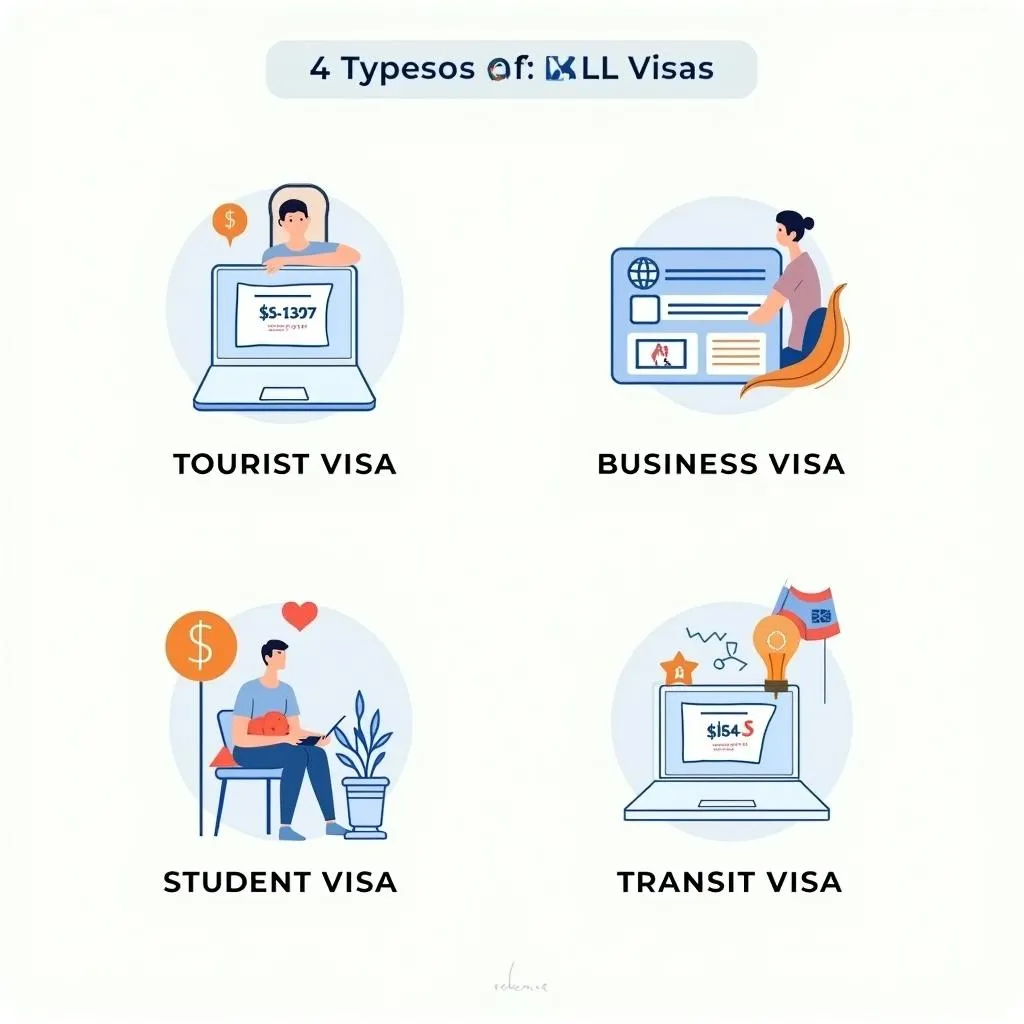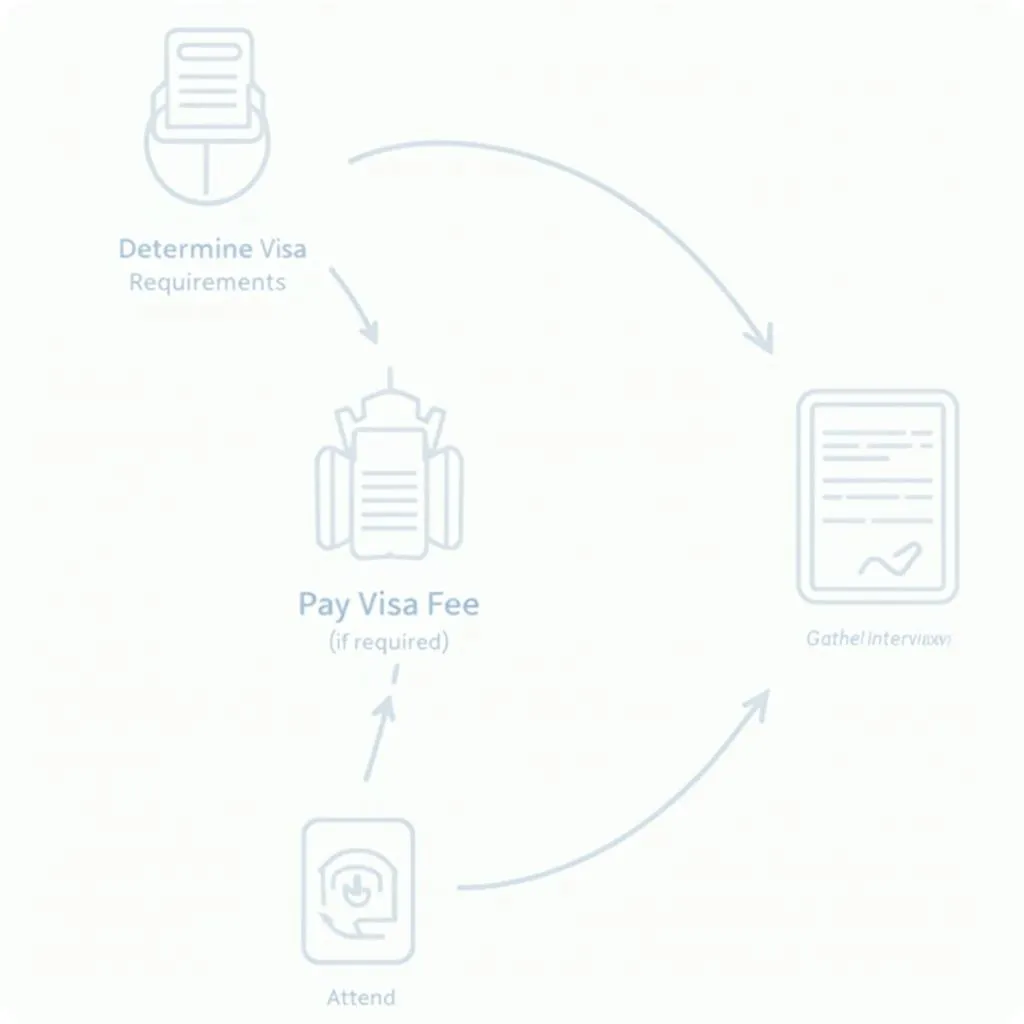Have you ever dreamt of strolling down the Champs-Élysées, sipping matcha in Kyoto, or watching the sunset over the Taj Mahal? International travel can be an incredibly enriching experience, but before you pack your bags and grab your passport, there’s an important step you need to consider: obtaining a travel visa. Don’t worry, it’s not as daunting as it sounds! This comprehensive guide will walk you through everything you need to know about how to get a travel visa, ensuring a smooth and stress-free journey to your dream destination.
What is a Travel Visa and Why Do You Need One?
Imagine a travel visa as an official stamp of approval from the country you wish to visit. Essentially, it’s a document that grants you permission to enter and stay within that country for a specific period. Not all countries require visas for tourism, but many do. It all depends on your nationality and the destination country’s specific regulations.
When is a Visa Necessary?
Some countries have reciprocal agreements that allow citizens to travel freely between them. For instance, a US citizen can travel to many European countries without a visa for tourism purposes, for a certain period. However, venturing further afield, perhaps to Vietnam or Brazil, might require a visa.
Pro Tip: Before you even book your flights, always check the visa requirements for your nationality on the official website of the destination country’s embassy or consulate.
Types of Travel Visas
Travel visas come in different forms, each tailored to a specific purpose of travel:
- Tourist Visa: This is the most common type of visa, designed for individuals who want to visit a country for leisure, sightseeing, or visiting friends and family.
- Business Visa: If you’re traveling for business meetings, conferences, or to explore investment opportunities, you’ll likely need a business visa.
- Student Visa: Planning to study abroad? A student visa allows you to reside in the country for the duration of your educational program.
- Transit Visa: Sometimes, you might need to pass through a country to reach your final destination. A transit visa permits a short stay, usually just a few hours or days, while you’re in transit.
 Different Types of Travel Visas
Different Types of Travel Visas
How to Get a Travel Visa: A Step-by-Step Guide
While the specific requirements can vary depending on the country, the general process for obtaining a travel visa is as follows:
1. Determine Your Visa Requirements
As mentioned earlier, the first crucial step is to confirm if you need a visa based on your nationality and the country you wish to visit.
2. Gather Your Documents
Be prepared! Visa applications typically require a set of supporting documents, which can include:
- Valid Passport: Ensure your passport is valid for at least six months beyond your intended stay and has enough blank pages.
- Visa Application Form: Download the correct application form from the embassy or consulate’s website and fill it out accurately and completely.
- Passport-Sized Photographs: Recent passport-sized photos that meet the specific requirements outlined by the embassy.
- Proof of Travel Itinerary: Flight bookings, hotel reservations, or a detailed travel plan demonstrating your intended dates of entry and exit.
- Proof of Financial Means: Bank statements or other financial documents proving you have sufficient funds to cover your expenses during your trip.
- Travel Insurance: Some countries may require proof of travel insurance covering medical emergencies and repatriation.
Expert Insight: “Having all your documents organized and readily available can streamline the application process significantly,” advises travel expert Emily Carter in her book, “Stress-Free Travel: A Practical Guide to Seamless Journeys.”
3. Pay the Visa Fee
Visa applications usually involve a fee, which can vary depending on the country and the type of visa. Check the embassy’s website for the most up-to-date fee information and acceptable payment methods.
4. Attend an Interview (If Required)
Some countries may require you to attend an in-person interview at the embassy or consulate as part of the visa application process. During the interview, consular officers may ask questions about your travel purpose, itinerary, and financial stability.
5. Track Your Application and Receive Your Visa
After submitting your application, keep track of its status. Processing times can vary, so it’s best to apply well in advance of your travel date. Once approved, you’ll receive your visa, which will be stamped or affixed to your passport.
 Step-by-Step Travel Visa Application Process
Step-by-Step Travel Visa Application Process
Travel Visa: Common FAQs
How long does it take to get a travel visa?
Processing times for visa applications can range from a few days to several weeks or even months. It’s always best to apply as early as possible, ideally at least 3-6 months before your intended travel date.
Can I apply for a travel visa online?
Many countries now offer online visa application processes, which can be more convenient and efficient. However, some countries may still require in-person applications.
What if my visa application is rejected?
Visa rejections can occur due to various reasons, such as incomplete documentation, insufficient financial proof, or concerns about your travel intentions. If your visa application is rejected, you may be able to appeal the decision or reapply, addressing the issues raised in the rejection letter.
Tips for a Successful Visa Application
- Start Early: Give yourself ample time, as visa processing can be unpredictable.
- Be Accurate and Complete: Double-check all information on your application form and ensure all required documents are included.
- Be Transparent: Provide honest and clear answers during your interview (if required).
- Follow Instructions Carefully: Each embassy has specific requirements; adhere to them meticulously.
- Contact the Embassy: Don’t hesitate to reach out to the embassy or consulate if you have any questions or require clarification on the application process.

